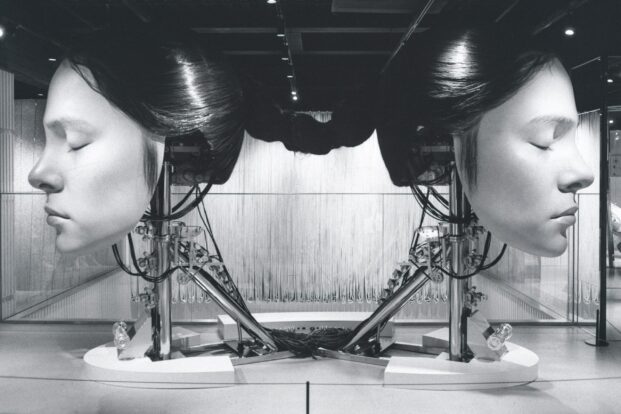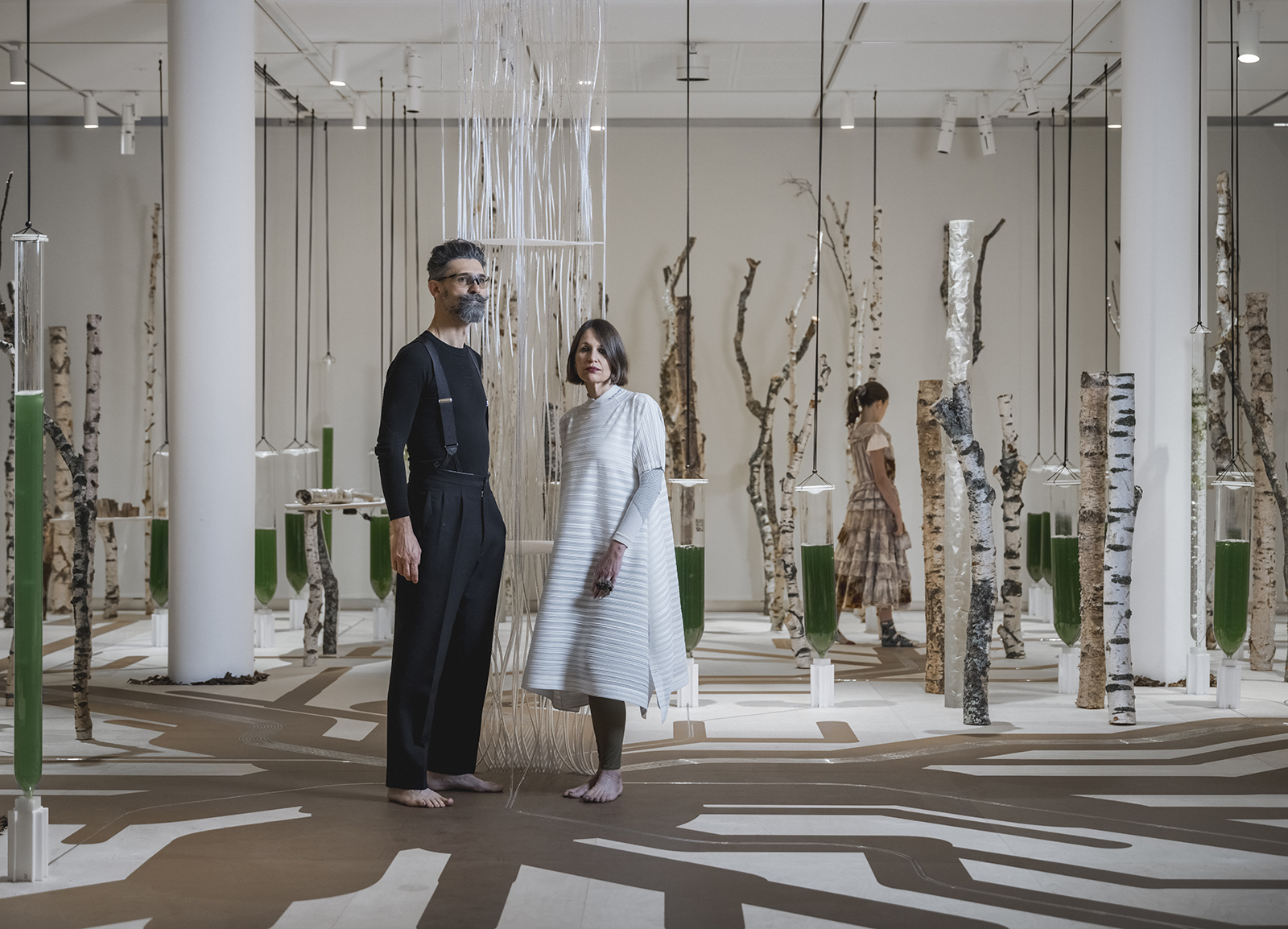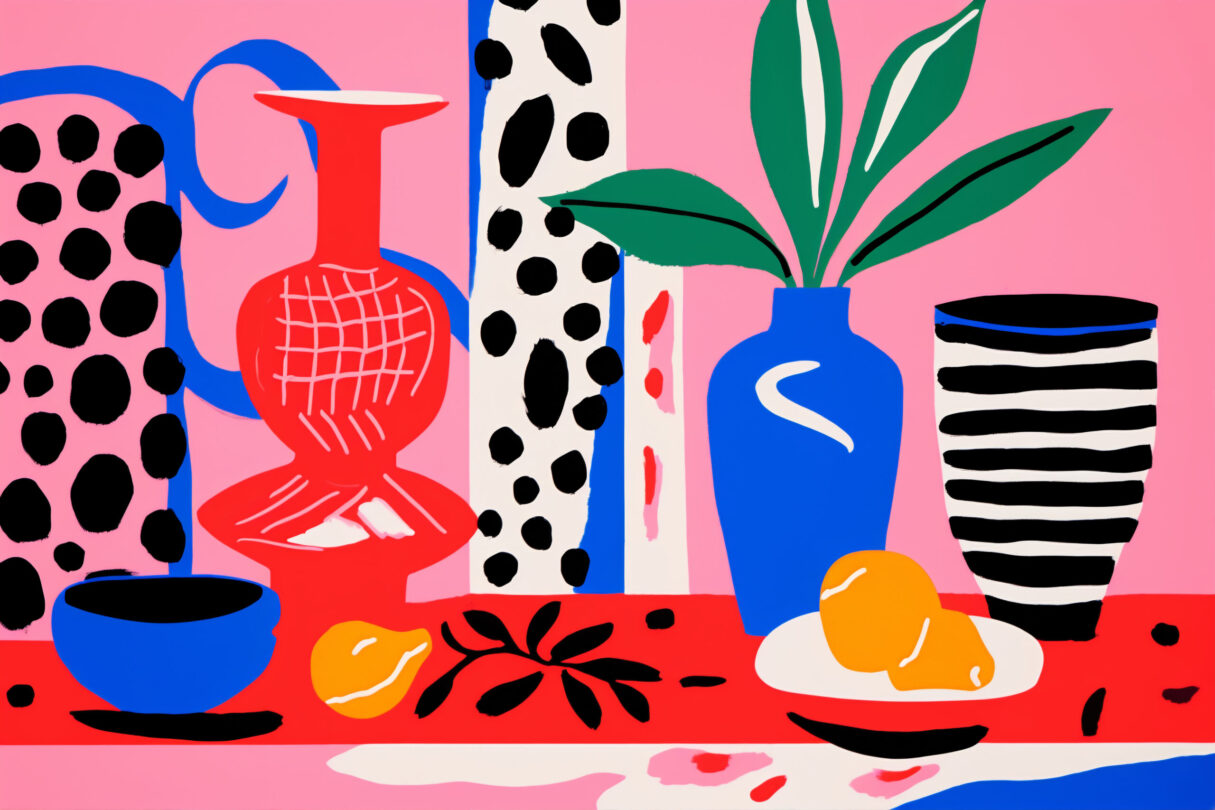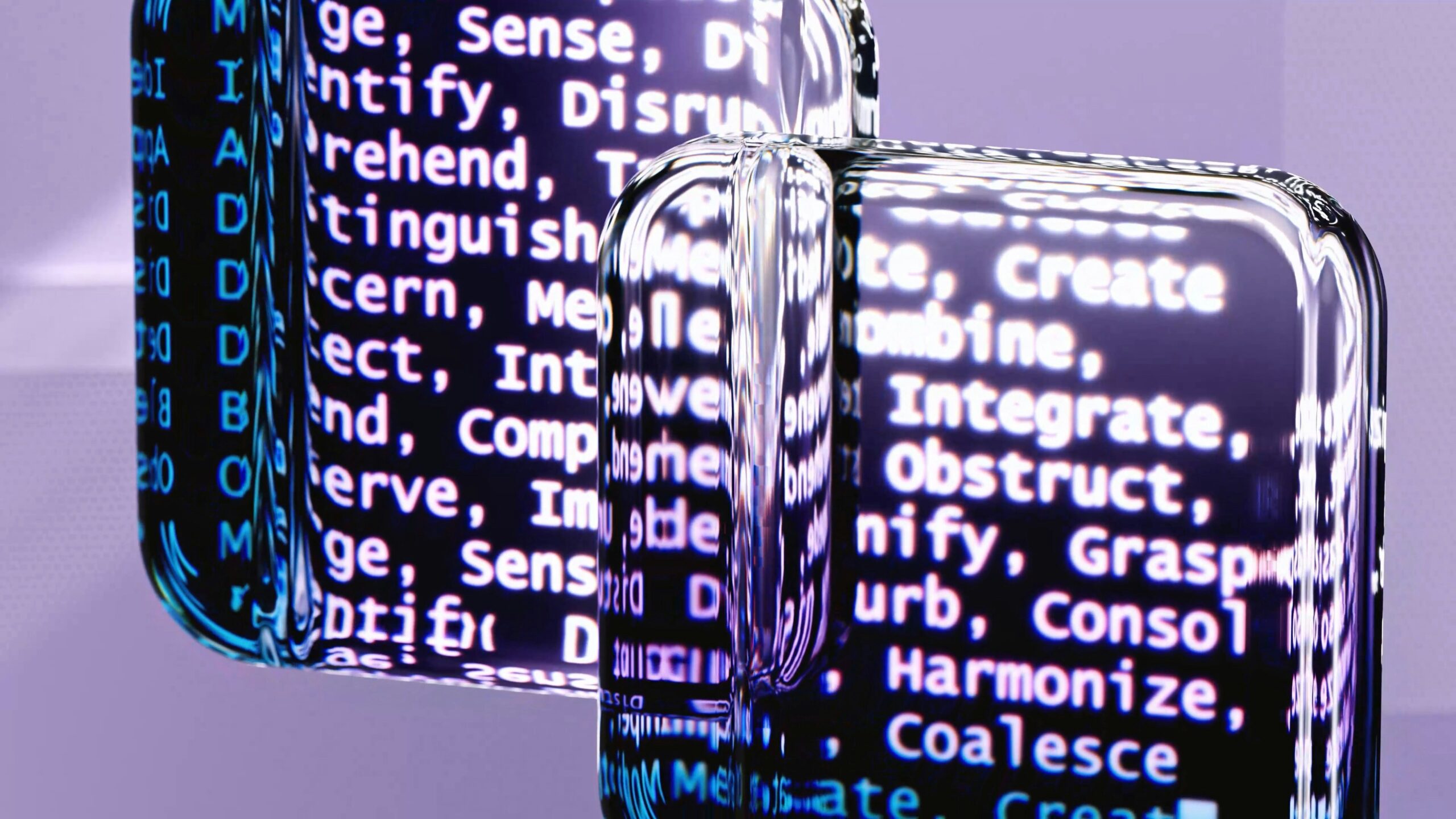In our rapidly evolving world, art continues to be one of the most powerful tools for confronting and dissecting the complex issues of our time. Among these, graduate artists are increasingly making waves in addressing crucial social and political questions. None more pressing than the ever-elusive query: What is work worth?
Header Image by Realfish via unsplash.
As we grapple with economic inequality, labor exploitation, and the value of human effort in a capitalist-driven society, artists are stepping in to ask questions that mainstream discourse often overlooks. In their hands, the question of labor’s value transcends economic metrics. And becomes a conversation about human dignity, fulfillment, and societal worth.
Dehumanization and resilience
Graduate artists, emerging from universities with fresh perspectives and diverse lived experiences, bring a unique lens to these discussions. With their works, they challenge entrenched systems of labor, critiquing the commodification of both human time and creativity. These artists explore the layers of identity, economic disparity, and automation that complicate how we value work, often pointing to how certain labor—especially in the gig economy, care industries, and even the arts—is grossly undervalued or invisible, in many cases oppressed.

For instance, consider recent movements within performance art and installation work. Graduate exhibitions have been rife with pieces that reimagine labor as both a site of oppression and resistance. In some cases, artists use their bodies as metaphors for exploited labor. Which is one way to force audiences to confront the physical and emotional toll of relentless productivity.
In other cases, pieces incorporate elements of manual labor, from factory assembly lines to domestic chores. A practice which is asking viewers to engage with the dehumanization that often comes with these tasks. Such works amplify the voices of the marginalized. The gig worker, the migrant laborer, the single parent. Humans, whose contributions to society are immense, but whose recognition remains insufficient.
Human effort and individual creativity
Moreover, the digital age has enabled a new wave of graduate artists to leverage technology in highlighting the tension between labor and automation. These creators use digital installations, animations, and algorithmic art. Artists explore how artificial intelligence and robotics threaten the traditional conception of labor. What happens when machines can produce more, faster, and at lower cost than humans?

How do we reframe the value of work in a world where human effort seems to be losing its worth in economic terms? These artists are not simply imagining dystopias. Instead, they are provoking discussions around what it means to be human in a technologically saturated labor market.
Art has long been a means of political resistance. However, in the hands of graduate artists, it is becoming a potent force for reshaping public discourse around labor. Their work is a call for a deeper examination of how we, as a society, assign value. Not just in terms of wages, but in how we reward, recognize, and celebrate human effort and individual creativity.
Challenge, disrupt and inspire
In a world increasingly obsessed with efficiency, speed, and profit, graduate artists invite us to slow down and ask: What is work worth? The answer, they suggest, lies not in market-based economics. It’s a question on human empathy, connection, and the collective reimagining of a fairer, more inclusive future.

As these emerging voices continue to shape the art world, their contributions to the discourse on labor and value will remain crucial. Artists remind us that art does more than reflect reality—it has the power to change it. The work of these artists, therefore, is invaluable in its capacity to challenge, disrupt and inspire.
















You must be logged in to post a comment.